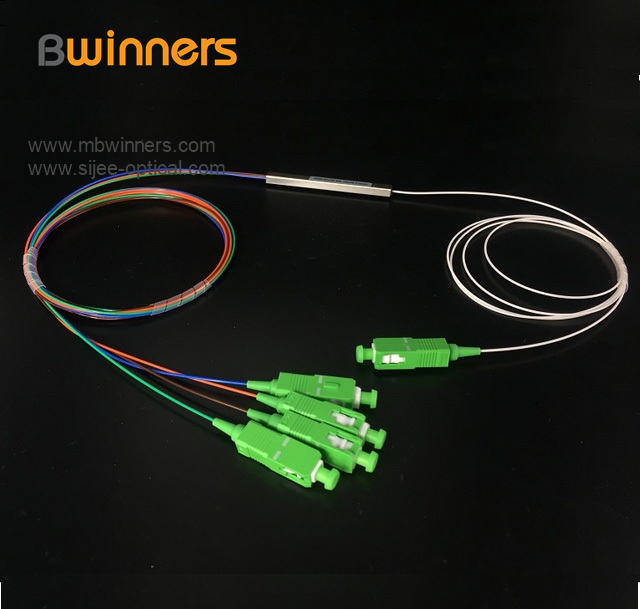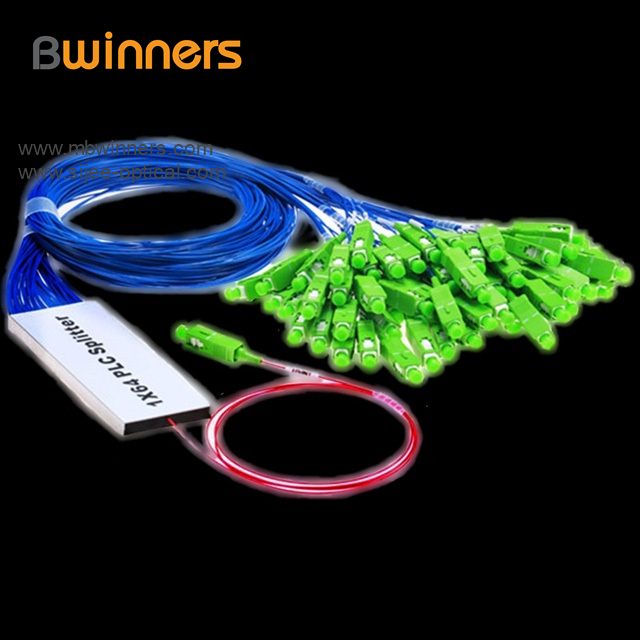[Global Science Reporter Zhang Zhiying] How did scientists make it? Is it due to corporate culture, personal effort, or talent?
In 1980, it was not the era of software. John E. Smee, only ten years old, fell in love with programming and spontaneously wrote the code. Today, John E. Smee has become vice president of Engineering Technology at Qualcomm, Inc., and he is the engineering technology leader for the 5G project. He has won 54 technology patents.
However, the scientist behind the 5G said that what drives him is pure curiosity.

The spring of school tyrants: curiosity let me go today
“I was very fond of mathematics since I was a child and I wanted to solve all kinds of problems.†At the age of 10, Smee tried various ways to write programs better. When he was in middle school, he especially enjoyed challenging physics, chemistry, biology and other difficult subjects. It is these learning and exploration processes that prompted him to choose electrical engineering at university. He said, "You can use advanced mathematics to solve interesting technical problems," let him choose this profession.
Smee applied for an internship at Bell Laboratories, New Jersey, when he was a graduate student at Princeton University. It was this rare opportunity that made him an eye-opener and had an important impact on his life. The edification of the doctoral class made Smee's inspiration and enthusiasm for engineering research and development really break out.
Smee is passionate about applying academic concepts to life. “When math professors prove that academic principles work, I often ask myself how to apply them to improving communication systems. I am thrilled. Thinking repeatedly and asking questions are like a positive cycle that drives him technically. keep going.
"It's important to follow your passion." Smee stressed, "because you will be good at what you are passionate about." He believes that for everyone, we must first understand what problems they like to solve and what are the interesting challenges that they like to deal with.
If only one word can be used to describe the most important qualities of a scientist, "Curious" is the answer given by Dr. Smee. Whether he was 10 years old, or a middle school, university, or doctoral period, he thought that it was precisely at each stage that he simply followed the curiosity about technology and made him go all the way to today.
Secret Weapons: Construct Your Toolbox
If curiosity drove Dr. Smee to the path of today's scientists, what makes him outstanding in technology? As an outstanding technical expert, the key to his disclosure is to continuously strengthen the basic knowledge.
"You want to build your own toolbox." Smee said that the basics of engineering, mathematics, science, and computer science are very important to the communications discipline. "These tool combinations can enrich your approach to solving problems."
On the other hand, it is also indispensable to follow new areas and technologies and focus on new and wider applications. For example, Smee said that like machine learning and artificial intelligence, there have been many related studies since 1950. Especially now that the computing power is more powerful and the algorithm is more advanced, people can do some very interesting predictions and expand on multiple computers to make the system more optimized.
In short, we must continue to develop basic knowledge while paying attention to the application of new concepts and its technological evolution. He further explained: "You can extend the application of technology based on the current mobile phone processing capabilities. After all, the current mobile phone is quite powerful, you can achieve new things on the smart phone, which is very exciting."
"To maintain creativity and curiosity, and to think constantly about new ways to do something, it is important to maintain this momentum and energy," Smee said. "In terms of technical depth, I always want to know more details. This desire to know more is directly related to the number of tools you can control.â€
Sharing this, Smee recalls her own student days. He said that an industrial researcher once told him that the happiest time in his life is when he is a graduate student.
"At the time I thought this man was crazy. I was sure that he was much happier than when he was in school because he was very successful. He was working in a very successful company and he did well. But now, looking back, academic research has its purity. It was indeed a precious time to enjoy learning and follow passions.†Smee admitted that she was full of emotions for graduate students. At that time, it was an irreplaceable time in life to fully concentrate on learning, publishing papers, attending meetings, and communicating with other researchers.

Young people develop "commercial" acuity
Another curious question is why Dr. Smee, who is under 50, can win 54 scientific patents.
Through the sharing of Smee, the reporter found that this was also related to his personality and passion. Smee has always believed that theory should have practical uses for people, not just academics. With emphasis on practice, he hopes to see academic ideas applied to commercial products.
Smee said that this kind of sensitivity to "commercial technology" is gradually cultivated from a young age. It does not begin after work.
This sensitivity to "commercial", he said it comes from the "appraisal, comparison, trade-offs," curiosity. What makes Smee excited is not only to find a way to do something, but to compare different methods and consider why one way is better than the other.
"I always think that a method may be the best choice in a particular scenario, but in another scenario there should be different solutions so that the assumptions of the application make sense."
For example, in the cellular field, some ideas may work at high frequencies, but at low frequencies it does not work; or some idea may work at large base stations, but it does not work at small base stations, which requires finding something more. Suitable for short distance design. By analogy, when we weigh the transmit power and receive power, we choose a different solution.
"The system design must consider different technological statuses and assess each idea and proposal in different ways." When Smee took the "assessment, comparison, and weighing" thinking into consideration in the practical aspects of technology, he wanted to find the best design solution. Curiosity once again triggered him more enthusiasm to find the answer.
As an inventor, the motivation to inspire Dr. Smee's continuous innovation is "the desire to see the future development."
In some discussions, he often feels that people think that the current performance of the smartphone is already very good, and the communication system has also been set up. It seems that everything has been done. "In fact, we are still in the early stages of owning wireless technology. I'm curious what kind of possibilities we have in the future." He said, "I'm curious that we can't do something different, or do something What can make things better, so that we can continue to advance."
Qualcomm's Whiteboard Discussion Culture
In addition to personal enthusiasm, Smee quickly gained his patented invention as soon as he joined Qualcomm. In this regard, Dr. Smee frankly stated that Qualcomm’s corporate culture and system are a major help in incubating inventions.
Now he is the Vice President of Engineering Technology at Qualcomm, USA, and he attaches great importance to operating an atmosphere of heated discussion. He believes that it is critical to create an environment in which everyone is courageous to express their ideas.
Qualcomm's team and project size can sometimes be very large. In order to overcome communication barriers, Qualcomm placed a whiteboard in each office so that everyone can use the whiteboard to exchange ideas.
Smee said: "If there are newcomers to my team, I will tell them about the upcoming challenges and problems that need to be solved, and let them summarize, explore and design ideas on the whiteboard, not just send me a document. I will talk to them face-to-face: In your opinion, what are the challenges, what problems do you want to solve, what are the methods for doing so, what are the different methods to consider, and how can trade-offs be made among these methods?â€
“If this culture is formed at all levels and teams of the company, everyone in the company will feel that they have been given the power to make contributions to various designs.†Smee said that this culture is exciting because employees Can contribute creative ideas with great efficiency. For this reason, the first patented invention was born soon after he started working.
In addition, Smee believes that it is very important to discuss with other engineers in the team early in the work. "You need to know what challenges they are facing. Through these experiences, you can use different perspectives to understand the working environment."
Smee said that one of his favorite things is to learn various skills from the team discussion, not just limited by his own technical field. After extensively exploring other fields, he found that his design in the area of ​​expertise also benefited.
The most important: How to use curiosity?
Smee joined Qualcomm after graduating from the United States, at a time when CDMA commercialization and EV-DO standards were being formulated. And this stay is 17 years.
How did a scientist make it? He summed up the rich experience of people who came: "The most important thing is how do you use curiosity." He revealed that for most people joining this line, it is important that they want to be excited about the future and hope that they will use different things. Way to do things. He encourages people who are curious about technology to come up with new ideas and advance these innovative ideas.
Dr. Smee also personally demonstrated his philosophy of curiosity: to challenge mathematics problems, expand the toolbox, continuously evaluate thinking, and participate in various cross-cutting discussions, and eventually become an out-and-out scientist.
Fiber optic splitter is also called optical splitter, is one of the most important passive devices in optical fiber link, is with multiple inputs and multiple output end of the optical fiber connected devices. The fiber optic splitter by the light splitting principle can be divided into the fused biconical taper (FBT type) and planar waveguide type (PLC type).
We provide the whole series of 1xN and 2xN splitter products that are tailored for specific applications. Fiber Optic Splitter Plc, Fiber Optic Cable Splitter, Optical Splitter, Mini Type Plc Splitter, Cassette Type PLC Splitter, Insertion Module Plc are available.


Steel Tube PLC Splitter,Plc Splitter Steel Tube,Tube Type Fiber Optic Splitter,Fiber Optic Plc
Sijee Optical Communication Technology Co.,Ltd , https://www.sijee-optical.com